
Clive Bull 1am - 4am
23 February 2024, 05:19 | Updated: 23 February 2024, 06:01
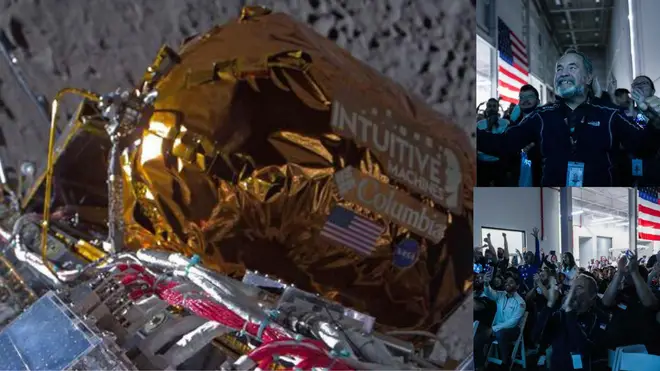
A US lunar lander has touched down successfully on the moon - the first ever privately-owned craft to do so.
The Nova-C Odysseus lander, built by Texas-based space flight company Intuitive Machines (IM), is the first US spacecraft to reach the moon since 1972, when Nasa's Apollo space programme ended.
The spacecraft touched down on the Moon's south pole region at 23.23pm UK time on Thursday
IM's CEO Steve Altemus said: "I know this was a nail-biter, but we are on the surface, and we are transmitting.
"Welcome to the moon."
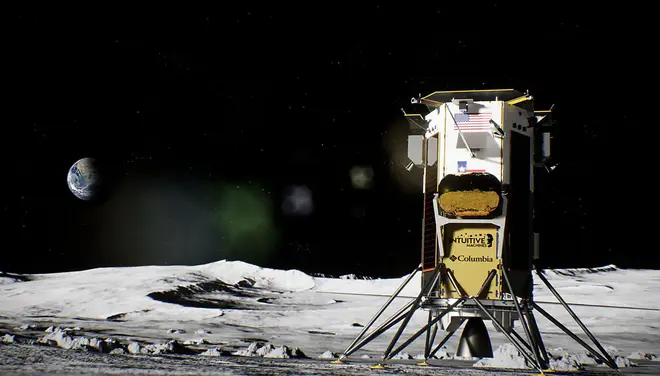
The Odysseus lifted off at 6.05am UK time on SpaceX's Falcon 9 rocket from Cape Canaveral in Florida, SpaceX
Intuitive Machines' co-founder and chief executive Steve Altemus said "there have been a lot of sleepless nights getting ready for this" in the minutes before lift-off.
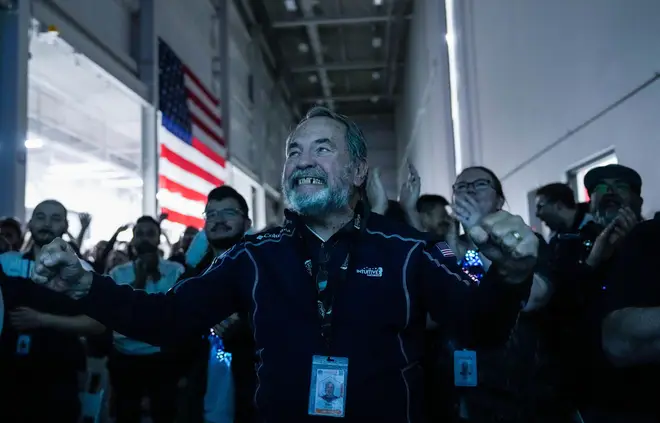
The unmanned Odysseus is 14-foot tall and has six feet. It is made from carbon fibre and titanium.
The landing took place well after the designated touch-down time, leading to tense scenes in the flight's control room.
Nasa administrator Bill Nelson said: "Today for the first time in more than half a century the US has returned to the moon.
"For the first time in the history of humanity, an American company launched and led the voyage up there.
"Today is a day that shows the power and promise of NASA's commercial partnerships."Congratulations to everyone involved in this great and daring quest at Intuitive Machines, SpaceX and right here at NASA.
"What a triumph - Odysseus has taken the moon. This feat is a giant leap forward for all of humanity. Stay tuned.".
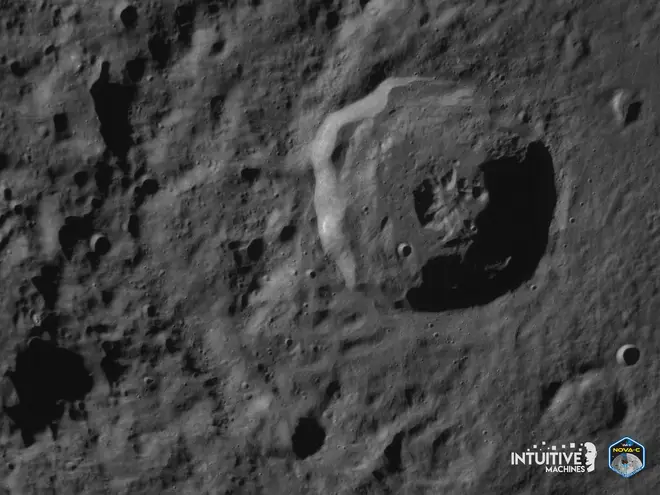
Applause could be heard from the control room as the spacecraft achieved second-stage engine cutoff.
Private companies have failed to achieve a soft landing on the lunar surface three times.
Odysseus would be the first US Moon landing since the final mission of the Apollo programme - Apollo 17 - more than 50 years ago.
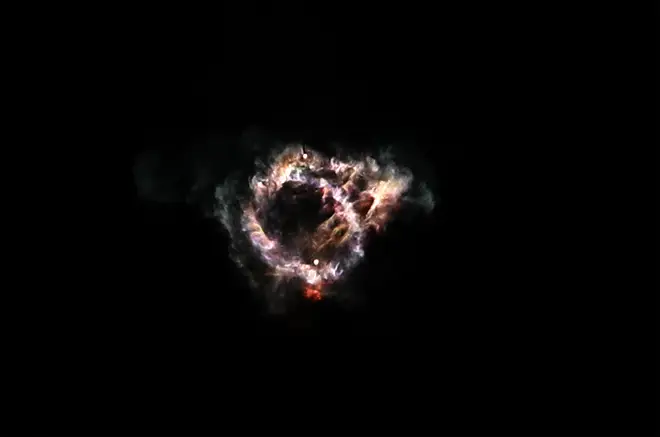
Odysseus is a hexagonal cylinder about 13ft (4m) tall and 5ft (1.57m) wide and weighs 1,488lb (675kg).
It is part of Nasa's Commercial Lunar Payload Services initiative, which aims to involve commercial companies in the exploration of the Moon as the space agency focuses on getting astronauts back there through its Artemis programme.
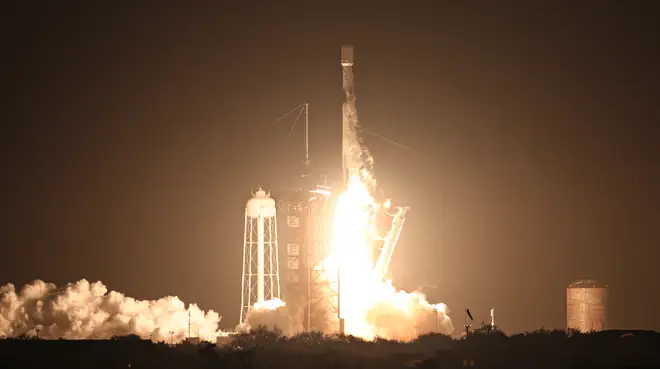
Onboard the lander are 12 payloads, which includes a Nasa instrument known as Scalpss (Stereo Cameras for Lunar Plume-Surface Studies) - a four-camera system which aimed to capture Odysseus's descent to the lunar surface.
The Moon's pole is thought to contain water ice, which would be a valuable resource for future human exploration.
Odysseus is expected to operate for roughly a week before the lunar night sets on the south pole.
On board are 12 payloads, including a Nasa instrument known as Scalpss (Stereo Cameras for Lunar Plume-Surface Studies), a four-camera system which aims to capture Odysseus's descent to the lunar surface.
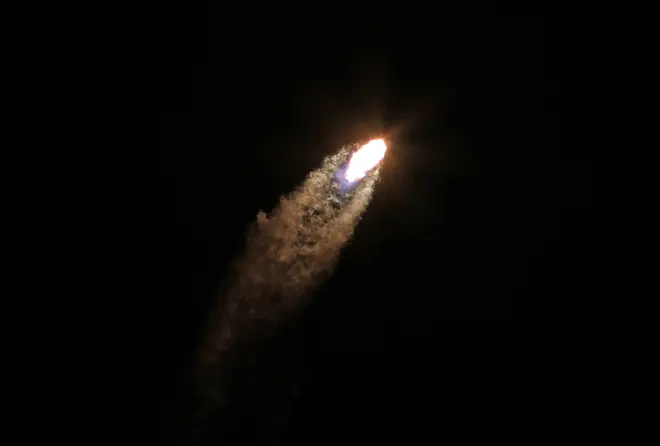
The lander is carrying a set of 125 tiny sculptures called Moon Phases, created by US artist Jeff Koons.
It comes six weeks after another US spacecraft, Peregrine, failed to touch down after a fuel leak.
Until now, controlled Moon landings have only been performed by government agencies, including the US, Soviet Union, China, India and Japan.
A second Intuitive Machines mission is slated to lift off next month, with the aim to drill for resources at the Moon's south pole.